Dangerously under-represented: the absence of sustainability in fitout
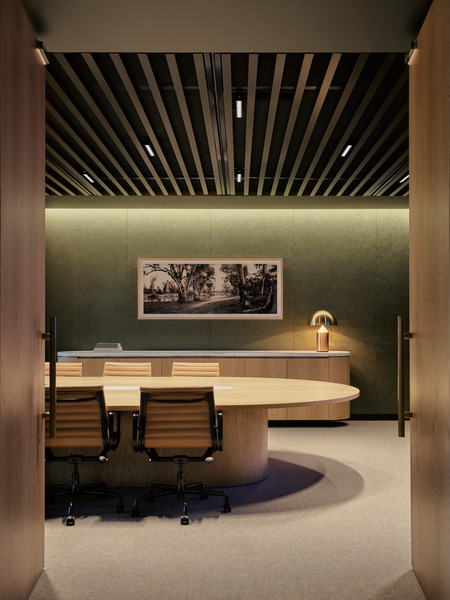
Crises are powerful agents for change. The worldwide pandemic and recent natural disasters have highlighted the fragility of human health, along with the importance of taking care of our planet. Like many industries, architecture and construction has responded with efforts to evolve practices in sustainable ways.
The ethics of everything
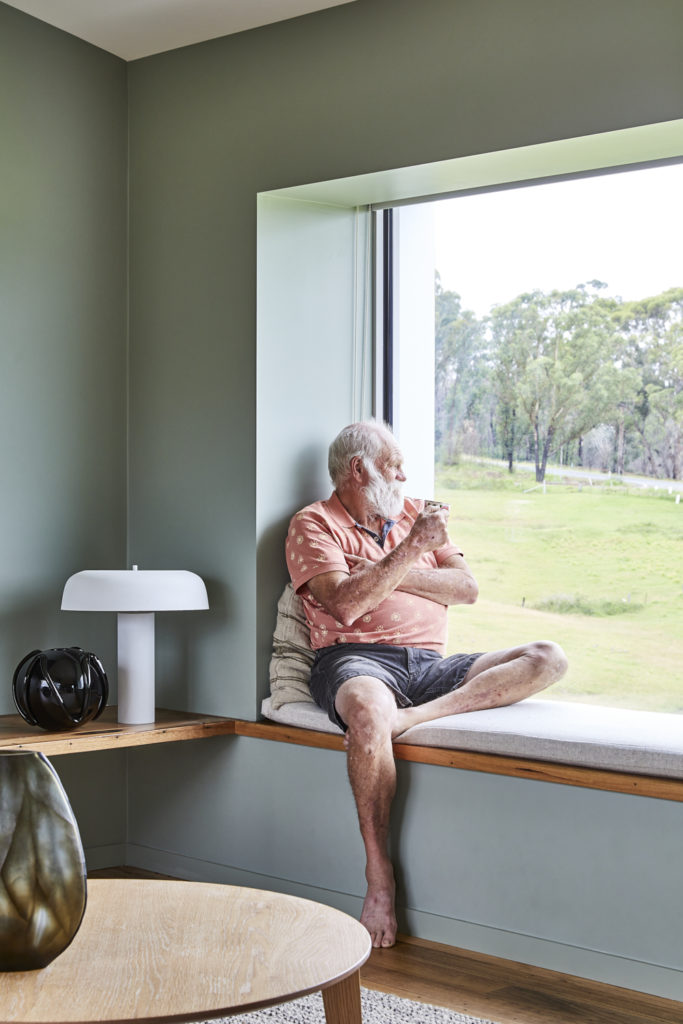
An appeal to consider the ethics of everything is overwhelming but remains urgent. The Ethics Centre identifies an ethics framework as a useful tool to consider purpose and values. Beyond design excellence, an ethics framework can help studios operate with intention, recruit the right people and reduce the risks of poor decisions being made.
The power of reciprocity – starting with Country
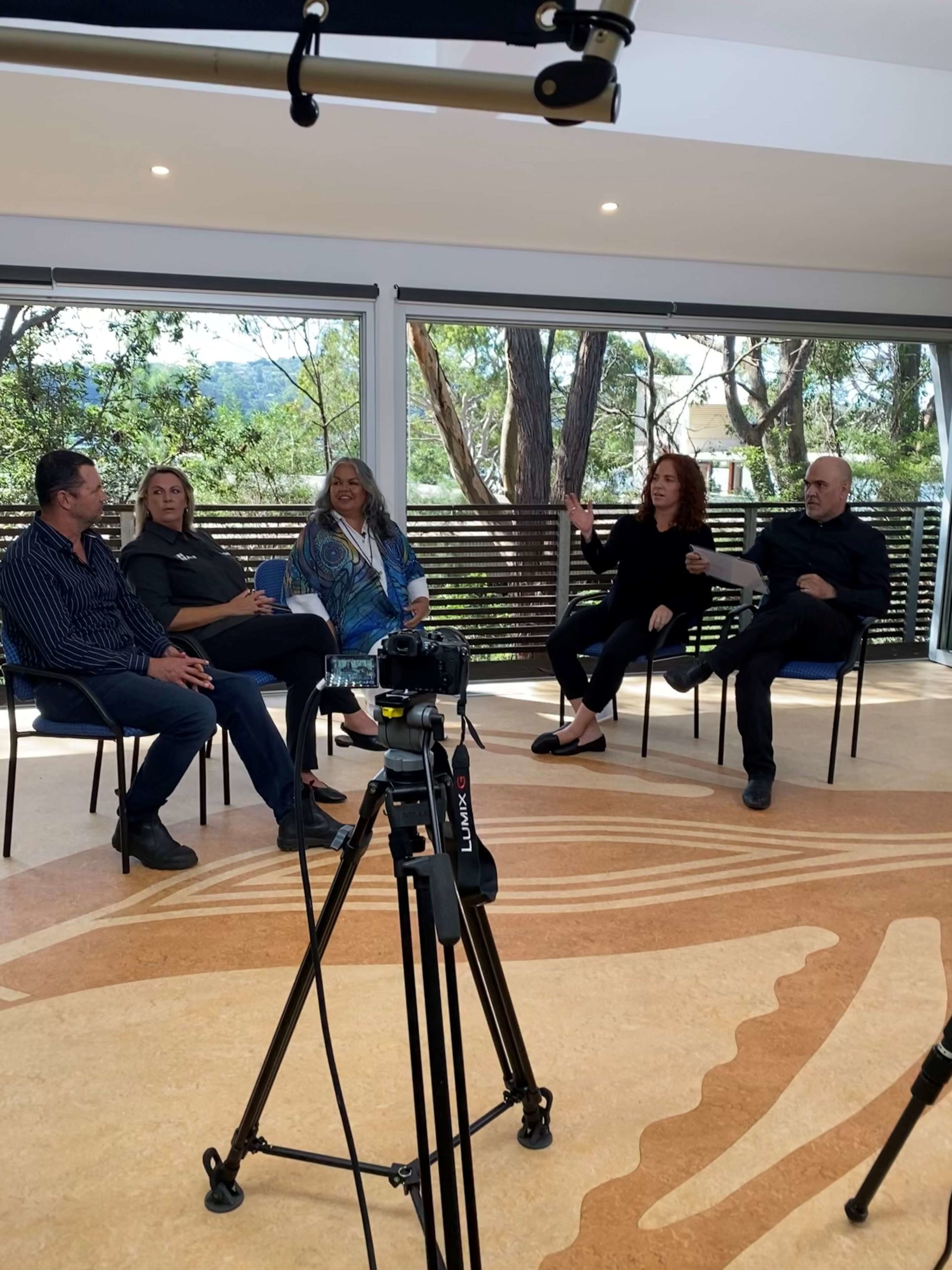
The disciplines of architecture and town planning are intrinsically interrelated yet in practice are often considered separately from one another. My understanding is that there are intersections between these disciplines but rarely do the systems behind these professions collaborate through sharing knowledge and project outcomes in meaningful ways.
Co-becoming: Redfern Community Facility
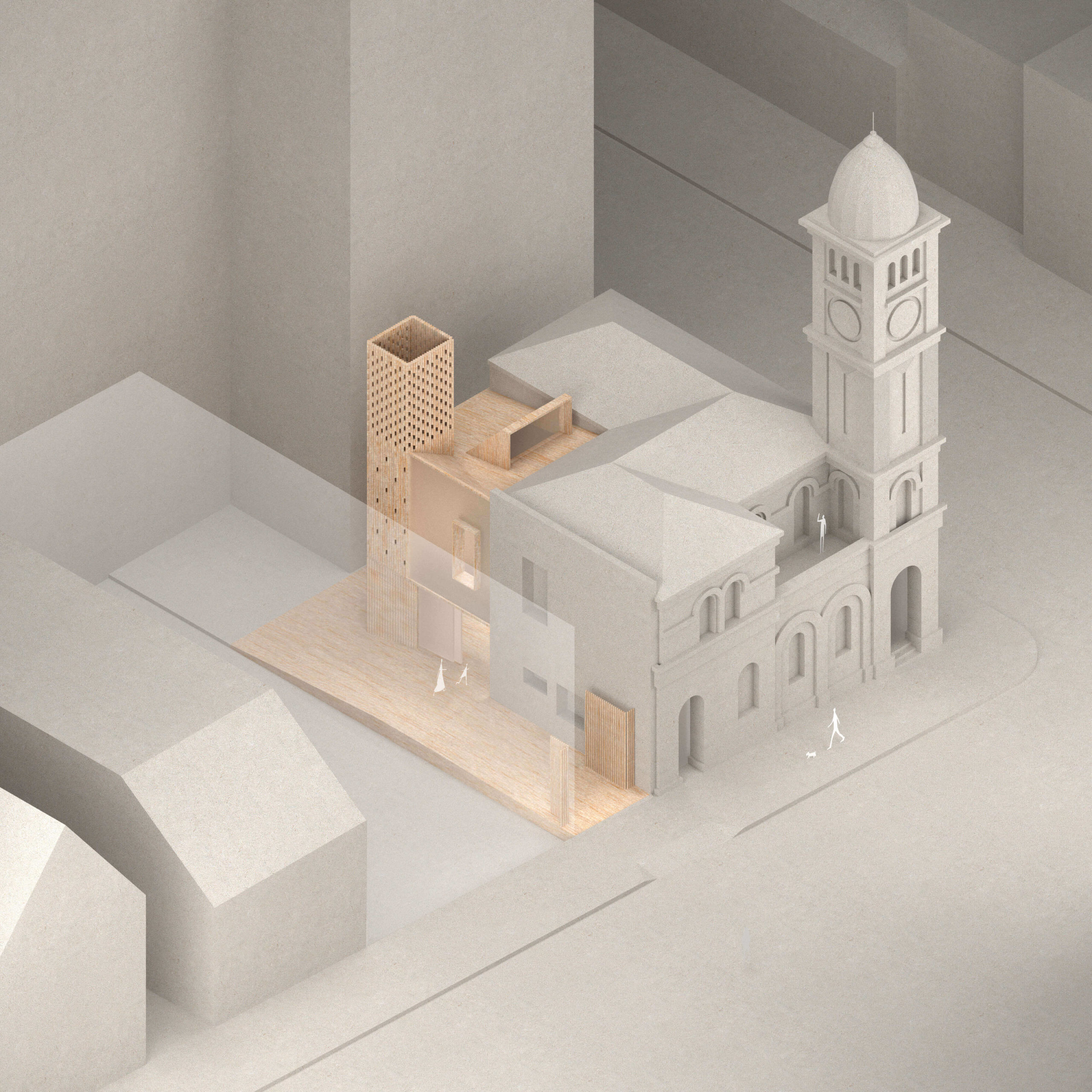
An ambition of our practice since we started eight years ago has been to explore and find ways to embed cultural, environmental and social value in our work. We believe that valuable architecture must balance functionality with poetics, nurture community and connect people, not only with each other, but with the broader world around us.
Finding your place

In an interview a few years ago, I was asked how my upbringing has shaped the way I practice architecture. Why equity in practice was so important to me and what drives me to question craft and function. A few years later, that same question was asked with a follow-on question – how has that upbringing on Country shaped me as an architect? The answer to this is through this yarn.
Belonging to Country – yindyamarra winhanganha
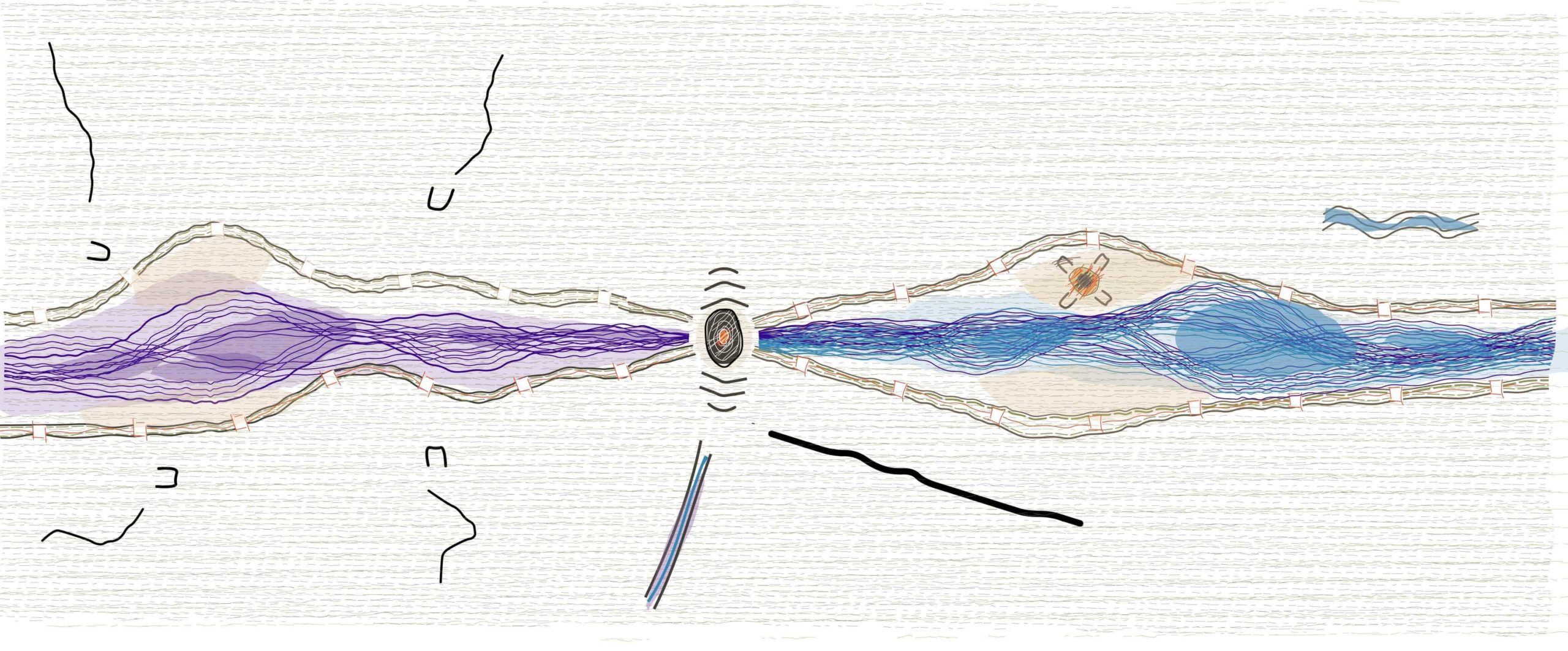
Within our practice, we aim to amplify the voice of Australia’s First Peoples, extending into the fabric of the built environment to inform architectural expression in a vibrant and engaging way. It is through the social construction of our environments – the spaces we live and work in – that critical relationships are defined; relationships between people and with the natural world.
Recalibrating cultural awareness expectations for architects working in Australia
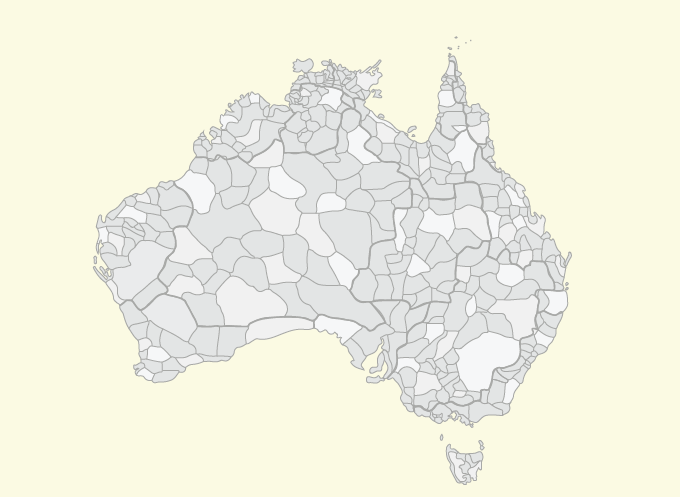
The 2021 National Standard of Competency for Architects (NSCA) identifies the skills, knowledge and capabilities required for the general practice of architecture in contemporary Australia. Significant new content is introduced in new Performance Criteria (PCs) focused on engagement with First Nations peoples and understanding and respecting Country.
Two-way learning: participatory design & construction
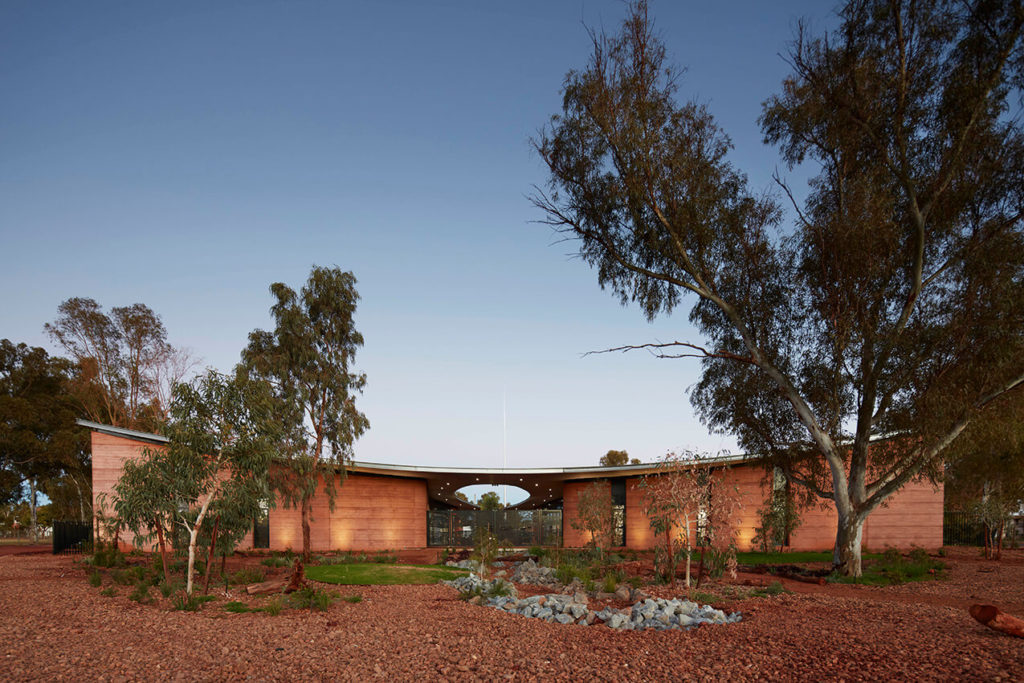
Kaunitz Yeung Architecture’s deep commitment to participatory design and local construction is central to the story of belonging for each project. The former builds a rapport and ownership between the project and the users. The later enables an enduring connection to place and Country.
Awakening a consciousness
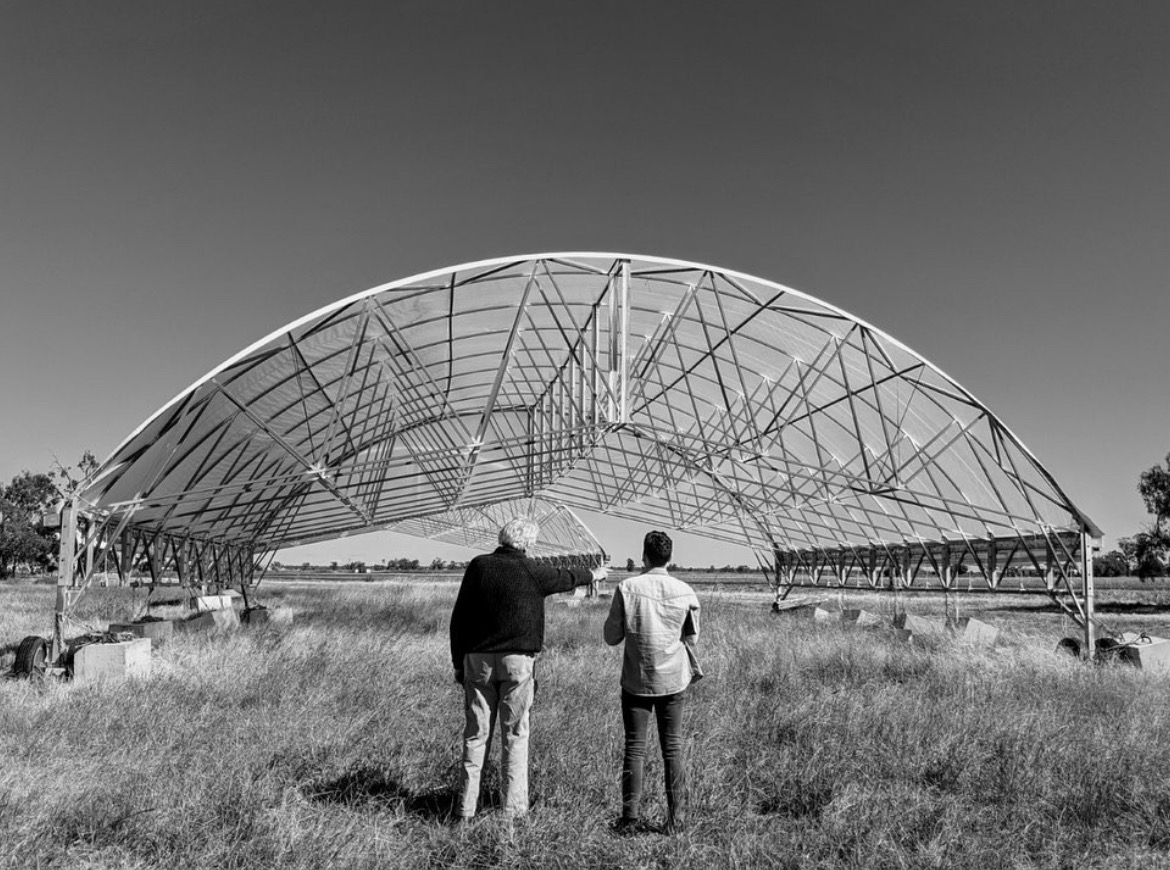
Richard Leplastrier and his stories of Uncle provided a framework to teach architecture as a vessel that shares songlines, stories, cultural lessons and knowledge systems.
Uncle Max Dulumunmun Harrison
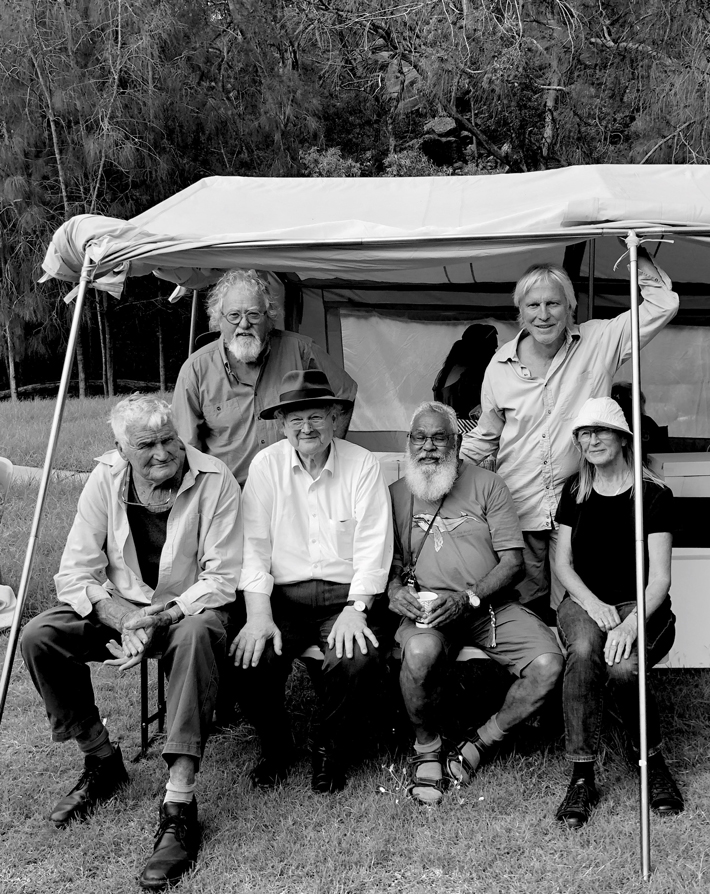
The passing of Uncle Max Dulumunmum Harrison was a great blow to Australia’s living knowledge. Australian architecture had the privilege for almost 20 years to learn from his teachings, through ritual and story. The breadth of knowledge covered over this time is hard to tell in just a few stories, yet, stories have power. Power to transcend time, culture and prejudice. This is what Uncle Max showed to us. Uncle Max’s stories came from deep knowledge that intertwined culture, nature, history, perception and wisdom in a way that our siloed Western thinking struggles to do.
